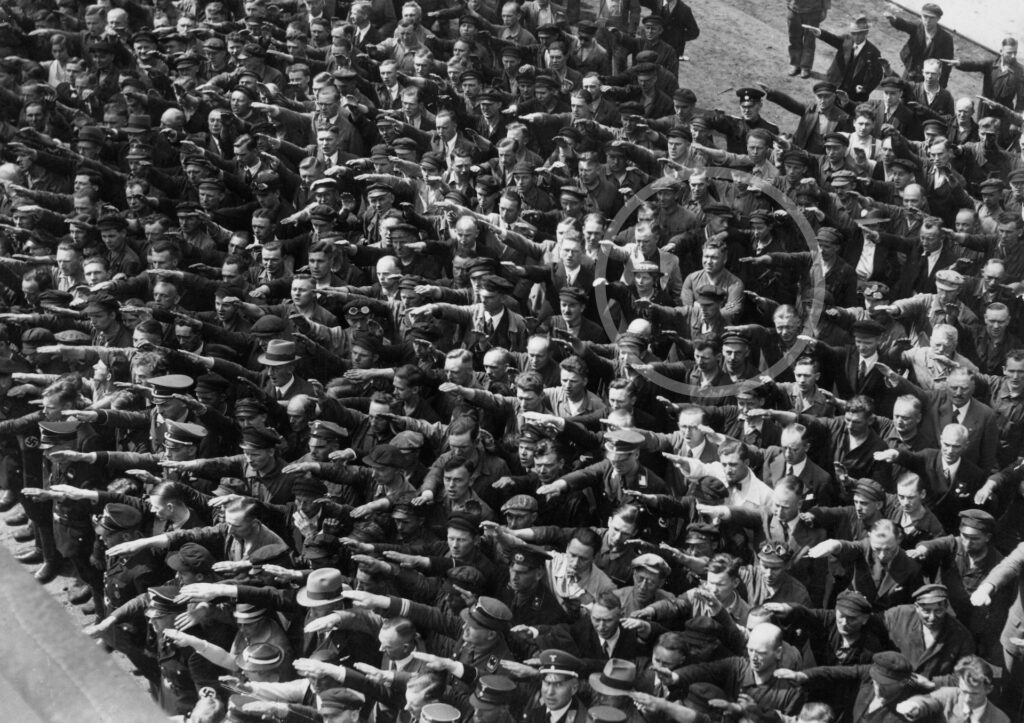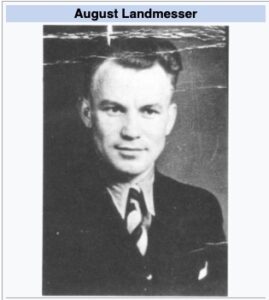How to be a Human Animal, Chapter 10: Moral Behavior cannot be Determined by Using Reason or Rules
Chapter 10: Moral Behavior cannot be Determined by Using Reason or Rules
I’m back again with more advice for a hypothetical newborn baby. This is my tenth lesson on how to thrive in the complex world.
You will be surrounded by people who insist that there are clearly defined “right” and “wrong” things. This dichotomy doesn't work very well, of course, because many things are not clearly right or wrong and sometimes they seem both right and wrong or neither right or wrong, depending on who is calling the balls and strikes. Many people will tell you that they have “figured things out” with a formula or a set of holy commandments and they will offer to help you understand what you should or should not do in your life. Your default setting should be to not trust any of these people.
Let’s start with the claim that human animals can use their “reason” to figure our right and wrong. The problem is that the brain was not designed to pursue the truth. Rather, it was designed by evolution to help us win arguments. The evidence is everywhere; reason often fails to deliver rational results—behavioral economist Daniel Kahneman won a Nobel Prize for exposing many of the heuristics, fallacies and biases—you can delve right in (after you learn to read) by picking up a copy of Thinking, Fast and Slow.
Not only is Reason often not helpful. It is often detrimental to rationality. People “systematically strive for arguments that justify their beliefs or their actions.” Reason tends to “seek justification and not truth.” Human reasoning is severely distorted by the confirmation bias, motivated reasoning and reason-based choice. Here is an excerpt from an article by Mercier and Sperber, “Why Humans Reason”:
Reasoning is generally seen as a means to improve knowledge and make better decisions. However, much evidence shows that reasoning often leads to epistemic distortions and poor decisions. This suggests that the function of reasoning should be rethought. Our hypothesis is that the function of reasoning is argumentative. It is to devise and evaluate arguments intended to persuade. Reasoning so conceived is adaptive given the exceptional dependence of humans on communication and their vulnerability to misinformation. A wide range of evidence in the psychology of reasoning and decision making can be reinterpreted and better explained in the light of this hypothesis. Poor performance in standard reasoning tasks is explained by the lack of argumentative context. When the same problems are placed in a proper argumentative setting, people turn out to be skilled arguers. Skilled arguers, however, are not after the truth but after arguments supporting their views. This explains the notorious confirmation bias. This bias is apparent not only when people are actually arguing, but also when they are reasoning proactively from the perspective of having to defend their opinions. Reasoning so motivated can distort evaluations and attitudes
So beware of the claim that reasoning will figure out what is right or wrong.
Also beware of that you can figure out morality by referring to simple principles like the Golden Rule. First of all, no, the Golden Rule wasn’t invented by Jesus (as many people will tell you). It has been around since at least 2000 BC. Please notice that there is something weird about The Golden Rule. Must we really make reference to what we would want in order to understand that we should be nice to others? Why shouldn’t the Golden Rule be shorter, something like “Be Nice” or “Don’t be a dick”?
Watch out for people who tell you that people need the promise of heaven and threat of hell in order to live a worthy life. That is a particularly insane way of looking at humanity. If you are kept in in line only by the threat of hell, you are one fucked-up person. How about just be good to others for the sake of being a good person?
Watch out for people who tell you that rules will guide you with regard to morality. Rules cannot do any such thing. If one can determine morality based on reason or rules, the people who believe in rules should please tell me: How shall I calculate the amount of money it would be appropriate to give to the next homeless person I encounter? What do the Ten Commandments say about whether to give the homeless person any money at all?
More than 2,000 years ago, Aristotle ferociously attacked the idea that rules can form the basis for any moral system. As Aristotle explained in detail, there are simply too many exceptions to even the most basic moral rules; we often kill, steal and covet in ways that are socially applauded. In order to actually apply any rule, we need to invoke (often subconsciously) a set of meta-rules for deciding when and how to apply that rule, and a meta-meta system of rules for knowing how to apply those meta rules, etc. Written sets of rules are intrinsically incomplete; they are always subject to further elaboration and explanation. The application of rules thus amounts to a fuzzy eternal regress, the end result of which is that we are actually self-legislating, though we project the rule onto our conduct as our infallible authority.
There is a modern tangible analogue to illustrate Aristotle’s concerns about the application of rules. It’s the American legal system, which relies upon thousands of common law cases to enable the interpretation of even simple-seeming Constitutional concepts (e.g., “Congress shall make no law abridging the freedom of speech . . .”). The thousands of common law cases end up being the big tail wagging the little First Amendment dog, so much so that no one can legitimately claim to understand the First Amendment without having studied hundreds of pages of case law. In both moral dilemmas and the legal system, it’s often not a matter of simply “invoking” or “applying” a rule; rather, it’s about making sense of the rule in a particular situation after spending substantial energy to understand the rule, and then working hard to achieve an equitable result in the context of the written law.
Thoughtful people know that rules don’t guide moral behavior. Much more often, they are the post-hoc justification. Law Professor Steven Winter has studied rules at length, concluding that " there's a lot more space than we'd think in 'following the rules."'
[T]he real world of human action is too varied and complex to be captured by any set of categorical structures. It is not so much that every rule has a few comers that do not quite fit, as it is that life's diversity and complexity cannot be contained within square comers. Indeed, as long as we treat categories as rigid little boxes, any set of boxes we devise will be either too few to do like justice or too many to be workable.
Winter quotes Stanley Fish, who wrote: "Every rule is a rule of thumb."
Philosopher Andy Clark also points out the significant limitations of moral rules:
The attempt to condense [legal] expertise . . . into a set of rules and principles that can be economically expressed by a few sentences of public language may thus be wildly optimistic, akin to trying to reduce a dog's olfactory skills to a small body of prose.
Clark reconceptualizes rules as "guides and signposts" that enable collaborative exploration "rather than as failed attempts to capture the rich structure of our individual . . . knowledge." Researching prior cases provides a menu of suggestions for discussing and collaborating (through briefing and oral arguments) to attempt to resolve difficult legal issues.
We’ve barely scratched the surface of this topic. We haven’t even discussed Kant’s hopelessly flawed categorical imperative or the equally flawed theory of utilitarianism. That said, I hope I have disabused you of any temptation to explain morality in terms of “reason” or “rules.”
Beware, too, that those people who most often claim to know how to calculate morality are living lives all-too-similar to the rest of us in terms of selfishness versus altruism.
We aren’t done talking about We’ll talk more about morality later, especially Jonathan Haidt’s engaging discussions regarding social intuitionism and the multiple moral foundations.



